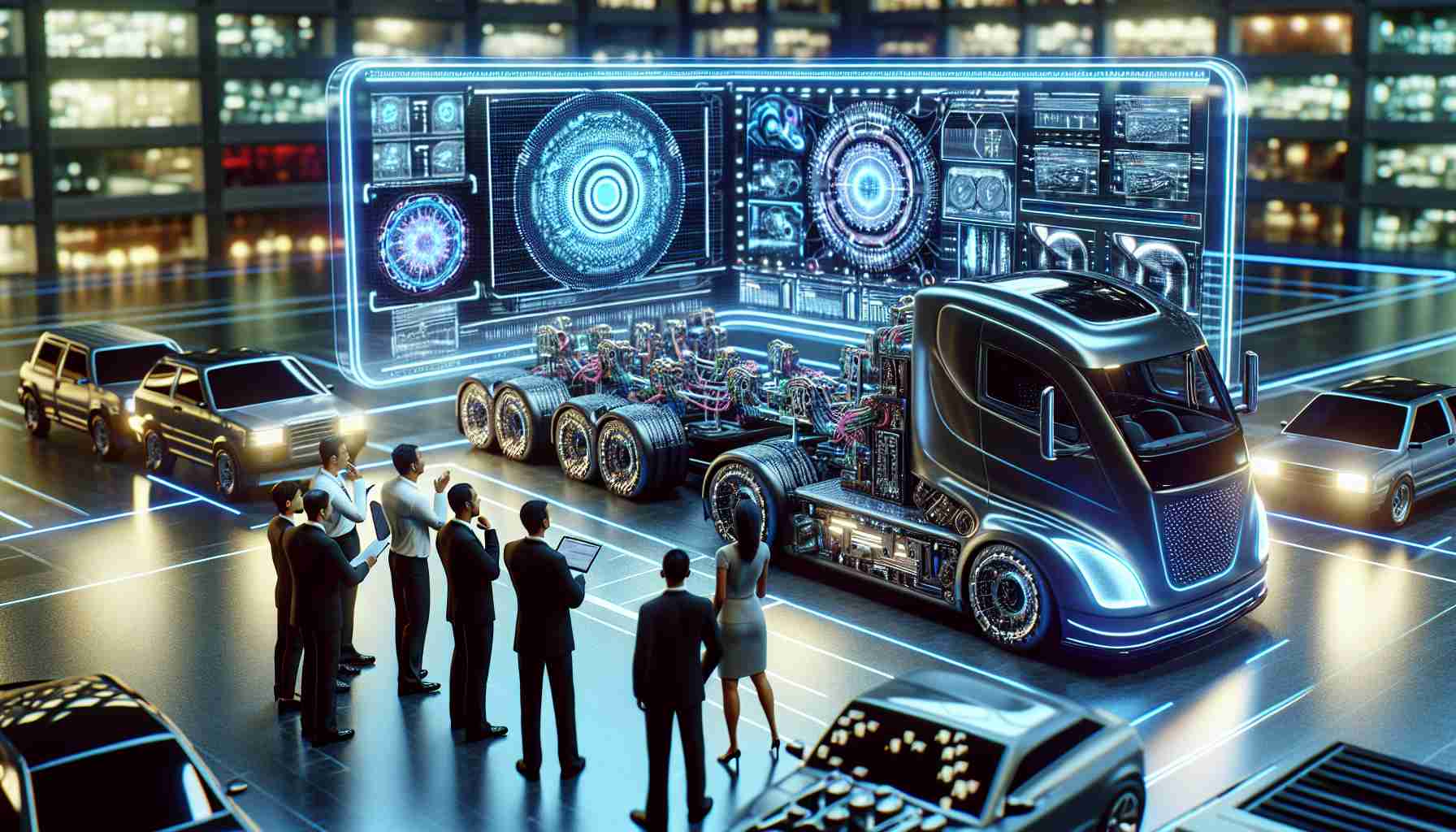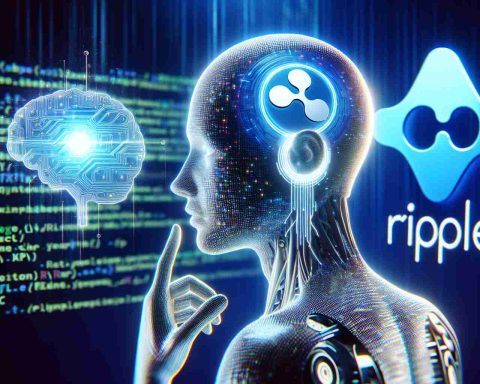- An incident in Reno highlighted the limitations of Tesla’s Full Self-Driving (FSD) software when a Cybertruck failed to merge and hit a curb and pole.
- Jonathan Challinger, a drone software developer, shared his experience on social media, emphasizing the need for human vigilance despite advanced technology.
- The accident fueled ongoing scrutiny of Tesla’s driver assistance program, despite Elon Musk’s assertions about FSD’s capabilities.
- This event underscores the importance of balancing human oversight with automation to ensure safety.
- The incident prompts reflection on whether the pursuit of innovation overlooks current technological imperfections.
One sunset-lit evening in Reno, a moment of inattention transformed into an alarming encounter with technology’s current limits. A Tesla Cybertruck, equipped with its much-touted Full Self-Driving (FSD) software, veered off its path, failing to merge from an ending lane. Its journey concluded with an unsettling thud against a curb and a pole, silhouettes accentuated by the nightfall.
Jonathan Challinger, a drone software developer from Florida, found himself not just a witness but part of this unfolding narrative. As debris settled, he turned to social media, populating timelines with a cautionary tale that resonated beyond his own experience. A photograph told part of the story; his words urged vigilance: do not succumb to complacency even in the high-tech cocoon of a self-driving vehicle.
Challinger’s retelling unfurled on Elon Musk’s social media platform, a poignant message advocating for the human touch in an era leaning toward automation. Yet, he maintained an enigmatic silence when probed for Tesla’s response, choosing not to elaborate on any potential dialogue with the automaker. His brief interaction was a breadcrumb trail, hinting at broader concerns, while his swift exit from conversation left the public speculating.
Tesla, lauded for its innovation, faces scrutiny over the security of its driver assistance program—a scrutiny only amplified by stark nocturnal scenes like this one. While Musk champions the upgraded FSD’s prowess, accidents cast shadows upon these claims, urging a blend of caution with curiosity as technology evolves.
This incident invites reflection: in our quest for progress, are we occasionally overlooking present imperfections? As we navigate the road ahead, perhaps the melding of human awareness and machine intelligence is the key to unlocking a truly safe journey.
Shocking Tesla Cybertruck Incident Exposes Self-Driving Flaws: What You Need to Know Now!
How-To Steps & Life Hacks
– How to Safely Engage Full Self-Driving (FSD) Features:
1. Review System Capabilities: Always understand the current version of your Full Self-Driving software. Check Tesla’s official updates for any changes in functionality or safety features.
2. Conduct Regular Calibration: Ensure your vehicle’s sensors and cameras are clean and properly aligned. A periodic check can prevent misreading the environment.
3. Maintain Awareness: Despite the vehicle’s capabilities, always stay alert. FSD is designed to assist, not replace, the driver.
4. Set Up Alerts: Utilize Tesla’s in-car settings to enable periodic reminders for the driver to pay attention.
Real-World Use Cases & Industry Trends
– Expanding Self-Driving Technology:
The industry is investing billions into autonomous vehicle (AV) research. Companies like Waymo, Cruise, and Uber are exploring robo-taxis and delivery vehicles’ potential, indicating a shift toward a driverless future.
Market Forecasts & Industry Trends
– Autonomous Vehicle Market Growth:
According to Grand View Research, the global autonomous vehicle market size is expected to exceed $550 billion by 2026, growing at a compound annual growth rate (CAGR) of 39.47%.
Reviews & Comparisons
– Tesla FSD vs. Competitors:
Tesla’s FSD is often compared to Waymo’s technology, which uses LiDAR for navigation. Waymo is praised for its cautious safety measures, whereas Tesla relies heavily on camera systems. Each has its advantages, offering different strengths in urban vs. highway environments.
Controversies & Limitations
– Safety vs. Innovation:
Tesla’s FSD has been under scrutiny following several mishaps. Concerns revolve around its ‘beta’ nature, suggesting that it might not be fully ready for all driving scenarios.
Features, Specs & Pricing
– Tesla FSD Package:
As of 2023, Tesla’s FSD package adds approximately $15,000 to the vehicle cost. Features include Navigate on Autopilot, Auto Lane Change, and Traffic Light and Stop Sign Control.
Security & Sustainability
– Cybersecurity Concerns:
As technology advances, so do the threats. Autonomous vehicles are vulnerable to hacking, emphasizing the need for robust cybersecurity measures.
– Environmental Impact:
While electric vehicles like Tesla are seen as more environmentally friendly, the production process’s carbon footprint and battery disposal are ongoing sustainability challenges.
Insights & Predictions
– The Future of FSD:
Short-term: Expect incremental improvements and patches. Long-term: With regulatory approval, higher levels of autonomy will likely focus on urban environments.
Tutorials & Compatibility
– Using Tesla’s Full Self-Driving Beta:
New users should consult Tesla’s official tutorials ensuring they understand the intricate aspects of FSD.
Pros & Cons Overview
– Pros:
1. Convenience: Reduces driver fatigue and enhances long-distance driving.
2. Innovation Edge: Continuously updated with new features.
– Cons:
1. Reliability Issues: Prone to environmental misinterpretations.
2. Cost: Premium pricing can be prohibitive for some buyers.
Actionable Recommendations
– Quick Tips for Safe Use:
1. Stay Informed: Follow Tesla’s updates and community forums for user feedback.
2. Adopt Best Practices: Use FSD on highways with clear lane markings; these environments are better suited for the software.
3. Explore Alternatives: Consider supplemental driver assistance technologies from other automakers to find what best meets your needs.
For more information, visit the official Tesla website. Stay safe out there, and always keep your hands at the wheel—even as the world of autonomous driving evolves!


















